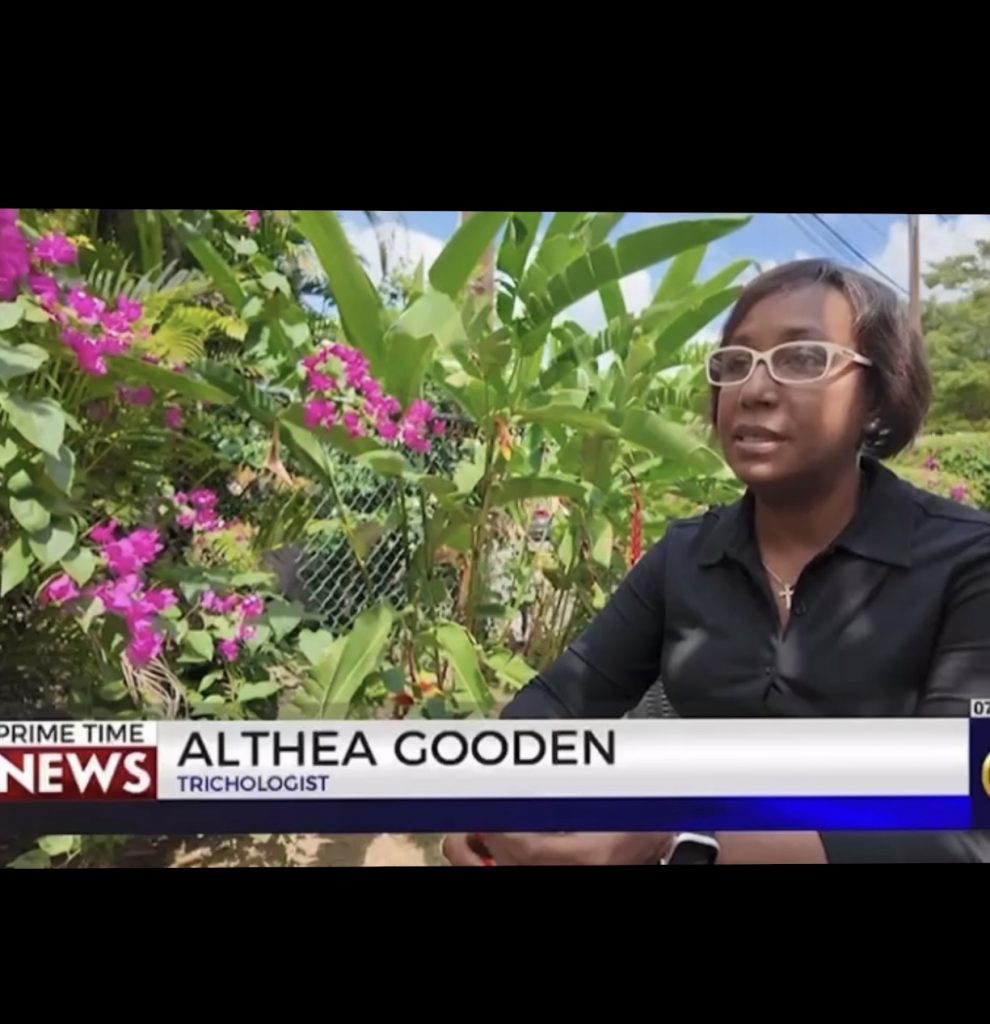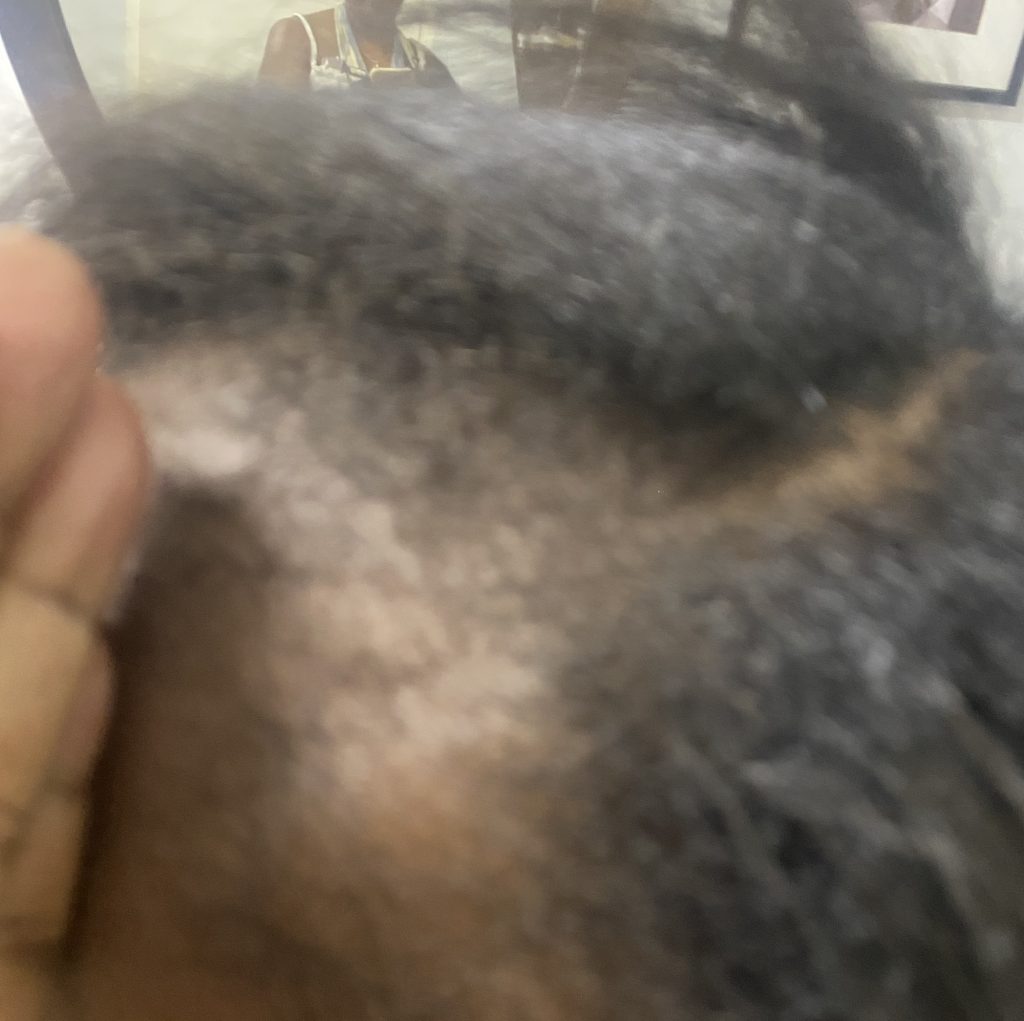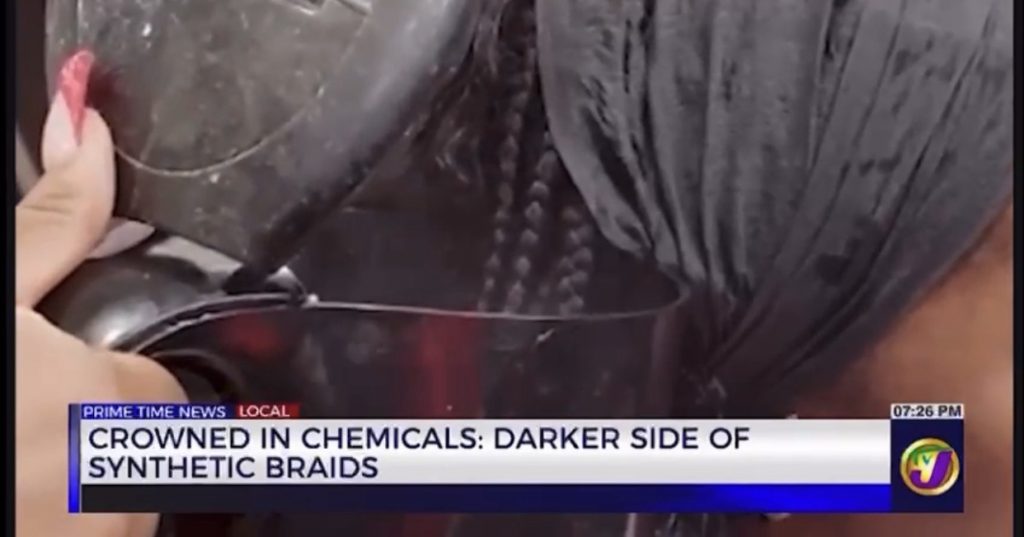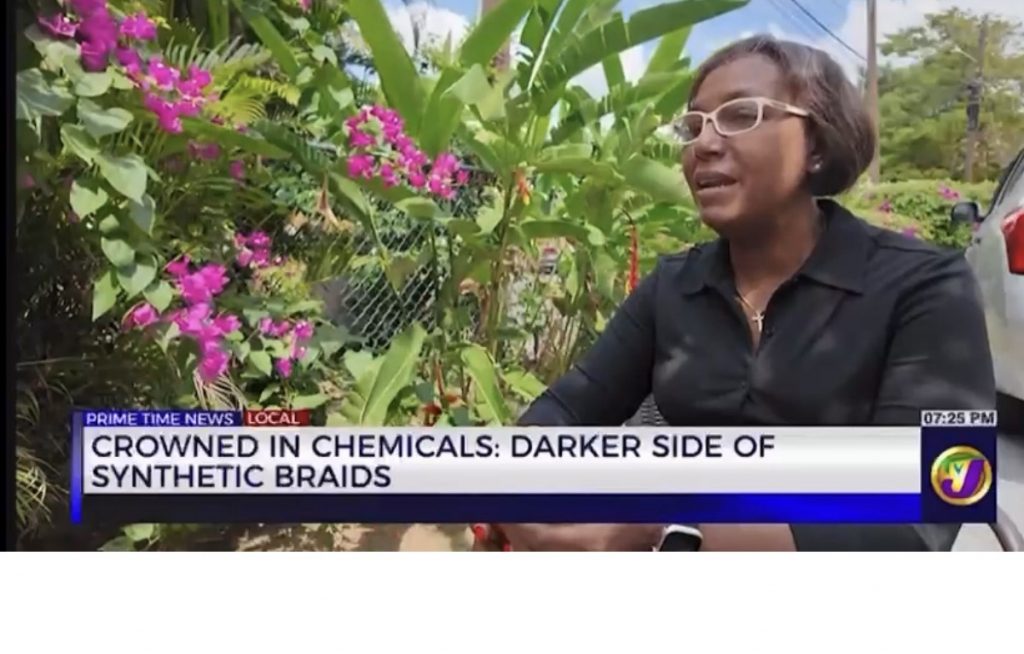A Closer Look at Carcinogens and Safer Solutions for Protective Styling
When we talk about protective styles like braids, we often focus on the aesthetics—the beauty, the culture, the convenience. But as we step deeper into the 21st century, we must also talk about safety. Over the past few years, growing concerns have surfaced about alleged carcinogens found in synthetic braiding hair, prompting a larger conversation about what we put on our scalps and how it affects our health.
As a wellness coach and certified trichologist, my passion for hair and scalp health goes beyond products and styles it’s about education and advocacy. In my book The Hair and Scalp Health Do’s and Don’ts, I emphasize the importance of knowing the ingredients, the long-term effects, and the safer alternatives available to us. This issue of braids and chemical safety is one that deserves our full attention.
What’s Really in Braiding Hair?
Many synthetic braiding hairs are made from Kanekalon or Toyokalon fibers, which are often coated with alkaline-based chemicals to preserve texture, reduce tangling, and make the hair flame-retardant. These chemical coatings can trigger:
- Scalp irritation
- Allergic reactions
- Burning sensations
- Extended exposure concerns, including potential links to carcinogens
While some claim there is no definitive proof that these chemicals directly cause cancer, long-term scalp absorption, coupled with frequent exposure, raises valid safety concerns—especially for consumers who wear braids for weeks or months at a time, often multiple times a year.
What Can Consumers Do?
- Soak and Rinse Your Braiding Hair
Before installation, soak synthetic hair in apple cider vinegar and water for at least 30 minutes. This helps to neutralize the alkaline coating, reducing itchiness and irritation. Rinse thoroughly and let it dry before use. - Switch to Organic or Human Hair Options
Opt for braid hair labeled as chemical-free, hypoallergenic, or made with human hair. These alternatives may be more expensive, but your health is worth the investment. - Give Your Scalp a Break
One of the biggest messages in my book is the importance of scalp rest. Constantly pulling, covering, and coating the scalp without breaks can lead to inflammation, traction alopecia, and increased sensitivity. Create a routine that includes braid-free periods and scalp nourishment. - Moisturize and Detox Regularly
After removing braids, use a clarifying but gentle shampoo and a scalp detox mask to remove any chemical buildup. Follow up with natural oils ( #scalprenew ) and leave-in treatments that restore moisture.
Advocacy Matters
This conversation is bigger than a beauty choice it’s about consumer safety, transparency, and holding manufacturers accountable. We must advocate for:
- Clear labeling of chemical treatments in hair products.
- Regulation and testing for long-term health effects.
- Education campaigns that inform consumers, especially young women of color who are the primary users of braiding hair.
As I wrote in The Hair and Scalp Health Do’s and Don’ts, “Our scalp is skin-and what we place on it every day matters. We wouldn’t wear clothing doused in toxic chemicals for weeks, so why would we do that to our hair?”
Final Thoughts
Protective styling should protect, not harm. With the right information and healthier alternatives, we can still embrace our braids, twists, and locs without compromising our health.
Let’s continue to ask the hard questions, support ethical brands, and above all—protect our crowns with wisdom.
Althea Gooden
Certified Trichologist | Wellness Coach
Author of The Hair and Scalp Health Do’s and Don’ts
Advocating for education, safety, and empowerment in every strand



